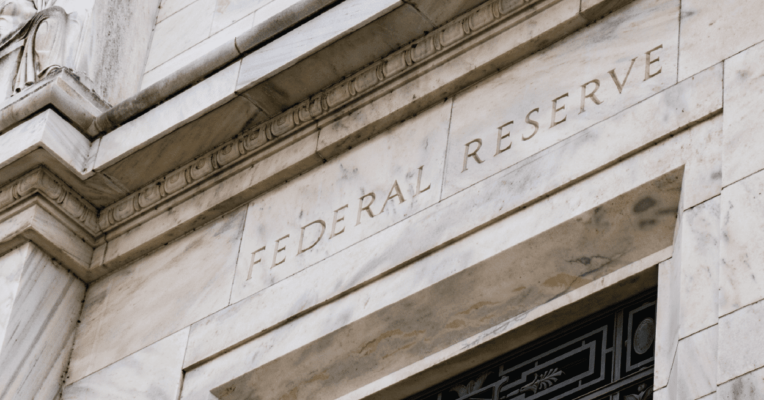Historical Highlights of the Federal Reserve
With the recent nomination and subsequent confirmation of Janet Yellen, the Federal Reserve’s first female chairman, we thought you might enjoy some historical highlights from our central bank’s history.
The modern federal banking system traces its origins to 1791, when Congress, at the urging of Treasury Secretary Alexander Hamilton, established the First Bank of the United States. Headquartered in Philadelphia, the bank was given a twenty-year charter, but many Americans, uncomfortable with the idea of a large and powerful central bank, opposed it and Congress refused — by one vote — to renew it in 1811
Congress once again created a central bank in 1816, in response to the inflation that resulted from the increase in banknotes printed to pay off the debt occasioned by the War of 1812. A little more than ten years after its opening, however, Andrew Jackson worked to kill it after he was elected president in 1828. Jackson argued that the bank was corrupt and a threat to American liberties. In 1836, the Second Bank’s charter was not renewed.
After the demise of the second bank, state-chartered and uncharted “free banks” took root. These banks issued their own notes, redeemable in gold or silver. Though the National Banking Act, passed in 1863, tried to provide a measure of currency stability, bank runs and financial panics remained common into the early 20th century.
The modern Fed traces its founding to President Wilson, who created a team of advisors that crafted the proposal which ultimately became the Federal Reserve Act, passed by Congress in 1913. The legislation called for the creation of a network of 12 regional reserve banks, headed by a seven-member Federal Reserve Board made up of public officials appointed by the President. Today, the appointed members of the board serve staggered fourteen-year terms.
The Federal Reserve System takes in 12 regional reserve banks, each of which handles the needs of its respective region. Often called “Banker’s Banks,” they supervise the commercial banks in their areas, and store U.S. currency and coin, among other responsibilities. In 1978, Congress enacted legislation requiring the Federal Reserve Chairman to appear before lawmakers twice a year to discuss monetary policy goals and objectives.
With monetary policy programs like “quantitative easing” and near-zero interest rates now in place, Chairman Yellen is faced with the task of unwinding much of what her predecessor, Ben Bernanke, put in place during the height of the financial crisis while maintaining the Fed’s dual mandate of maximum employment and price stability. It remains to be seen whether this can be done without disrupting the economic recovery that began in 2009.
Sources: Federal Reserve, Bankrate, TIME




